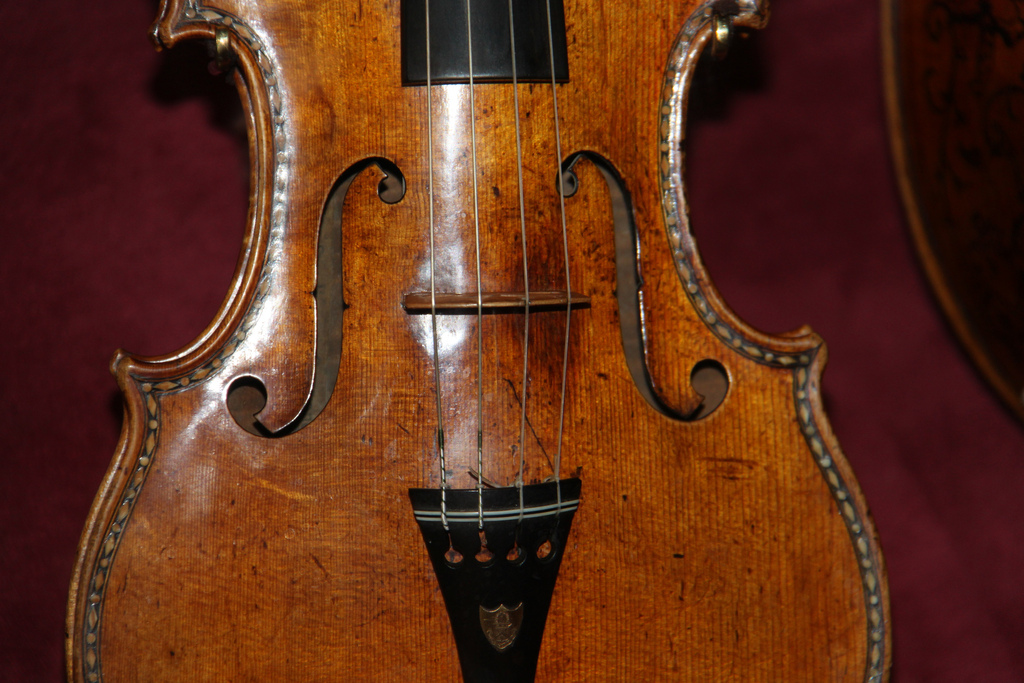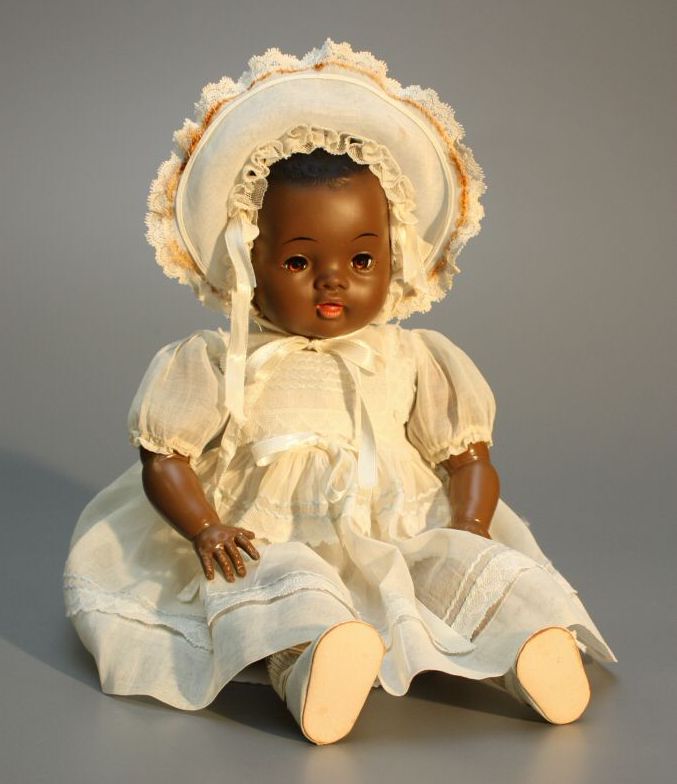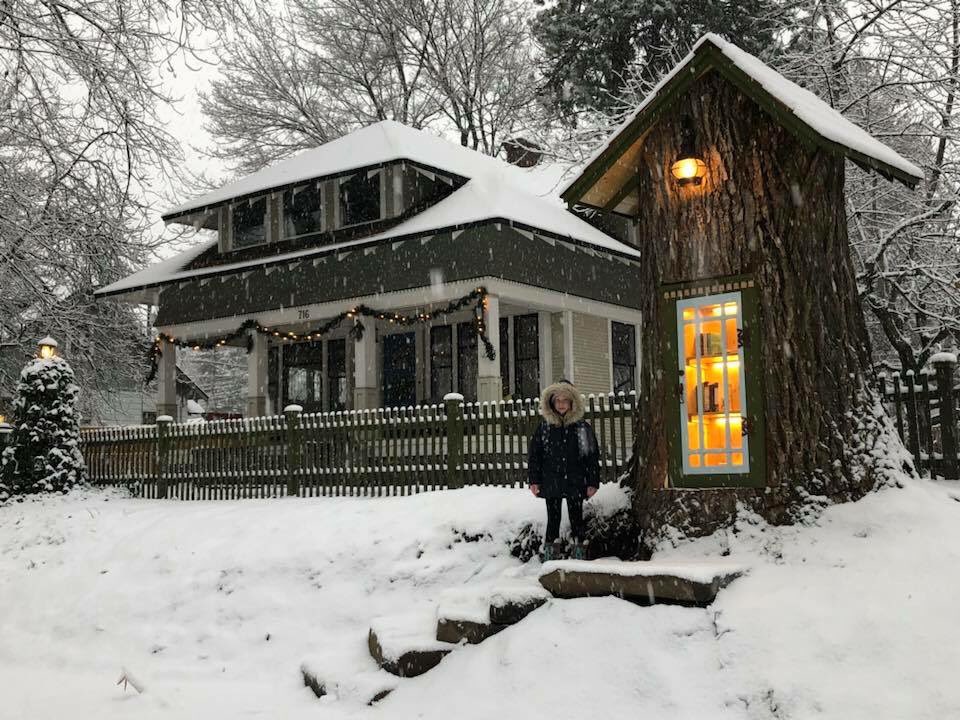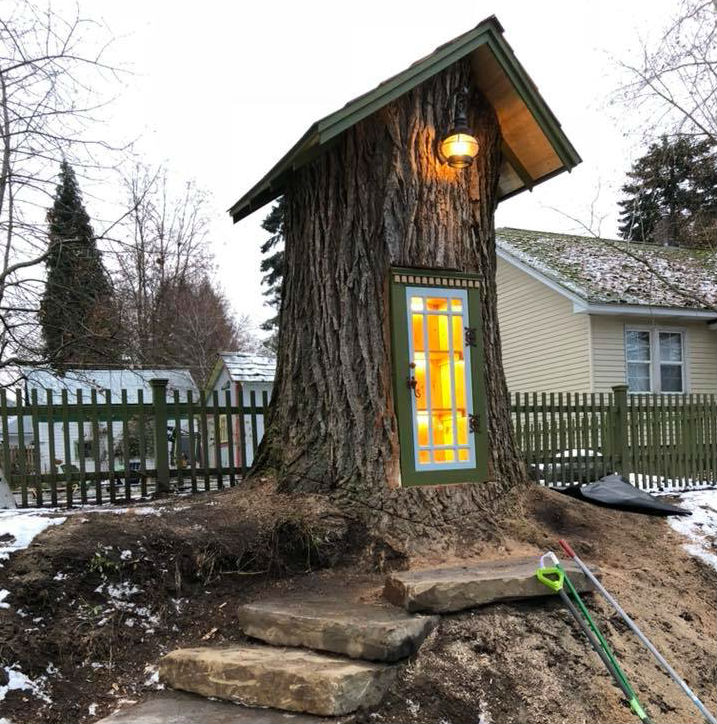[Most Recent Entries] [Calendar View]
Monday, January 21st, 2019
| Time | Event |
| 9:00a | To Help Digitize and Forever Preserve the Sound of Stradivarius Violins, a City in Italy Has Gone Silent
Image by Mark Ordonez, via Flickr Commons We all have respect, even awe, for the name Stradivarius, even those of us who have never held a violin, let alone played one. The violins — as well as violas, cellos, and other string instruments, including guitars — made by members of the Stradivari family 300 years ago have become symbols of pure sonic quality, still not quite replicable with even 21st-century technology, with rarity and prices to match. But to truly understand the preciousness of the Stradivarius, look not to the auction house but to the northern Italian city of Cremona, home of the Museo del Violino and its collection of some of the best-preserved examples of the 650 surviving Stradivarius instruments in the world. "Cremona is home to the workshops of some of the world’s finest instrument makers, including Antonio Stradivari, who in the 17th and 18th centuries produced some of the finest violins and cellos ever made," writes The New York Times' Max Paradiso. "The city is getting behind an ambitious project to digitally record the sounds of the Stradivarius instruments for posterity, as well as others by Amati and Guarneri del Gesù, two other famous Cremona craftsmen. And that means being quiet." It's all to help the ambitious recording project now creating the Stradivarius Sound Bank, "a database storing all the possible tones that four instruments selected from the Museo del Violino’s collection can produce." This requires great efforts on the part of the engineers and the performers, the latter of whom have to play hundreds of scales and arpeggios (examples of which you can hear embedded in The New York Times article) on these staggeringly valuable instruments. But the people of Cremona have to cooperate, too: in the area around the Museo del Violino's auditorium where the Stradivarius Sound Bank is recording, "the sound of a car engine, or a woman walking in high heels, produces vibrations that run underground and reverberate in the microphones, making the recording worthless." And so Cremona's mayor, also the president of the Stradivarius Foundation, "allowed the streets around the museum to be closed for five weeks, and appealed to people in the city to keep it down." Few of us alive today have heard the sound of a Stradivarius in person, but that number will shrink further still in future generations. It's to do with the very nature of these centuries-old instruments which, no matter what kind of efforts go toward making them playable, still seem to have a finite lifespan. "We preserve and restore them," Paradiso quotes Museo del Violino curator Fausto Cacciatori as saying, "but after they reach a certain age, they become too fragile to be played and they ‘go to sleep,’ so to speak." The day will presumably come when the last Stradivarius goes to sleep, but by that time the sounds they made will still be wide awake in their digitized second life. And we can be certain, at least, that future generations will think of a musical use for them that we can no more imagine now than Antonio Stradivari could have in his day. Related Content: Why Stradivarius Violins Are Worth Millions Why Violins Have F-Holes: The Science & History of a Remarkable Renaissance Design Musician Plays the Last Stradivarius Guitar in the World, the “Sabionari” Made in 1679 Musician Plays the Last Stradivarius Guitar in the World, the “Sabionari” Made in 1679 Based in Seoul, Colin Marshall writes and broadcasts on cities, language, and culture. His projects include the book The Stateless City: a Walk through 21st-Century Los Angeles and the video series The City in Cinema. Follow him on Twitter at @colinmarshall or on Facebook. To Help Digitize and Forever Preserve the Sound of Stradivarius Violins, a City in Italy Has Gone Silent is a post from: Open Culture. Follow us on Facebook, Twitter, and Google Plus, or get our Daily Email. And don't miss our big collections of Free Online Courses, Free Online Movies, Free eBooks, Free Audio Books, Free Foreign Language Lessons, and MOOCs. |
| 3:00p | How Zora Neale Hurston & Eleanor Roosevelt Helped Create the First Realistic African American Baby Doll (1951)
In the 1930s and 40s, child psychologists Kenneth and Mamie Clark found that very young black children in the U.S. usually chose dolls with lighter skin colors when given a choice. The findings suggested that the children had internalized dominant prejudices against them “by the time they reached nursery school,” notes the National Museum of Play. “These studies played an important role in the NAACP’s battle in the 1950s to end segregation in public schools.” What often goes unremarked in accounts of this research is that at the time “almost all of the African American dolls on the market were modeled after racist stereotypes,” as Emily Temple notes in an article on LitHub drawing on the work of historian Gordon Patterson. "Those that weren’t" caricatures "were just white dolls that had been painted brown.” This had been the case for two centuries, as Collectors Weekly explains. Black children had been internalizing racism—learning to associate positive attributes with white dolls and negative attributes with black dolls. But those children (and their parents) had also been rejecting the racist caricatures and forms of erasure on offer. Temple writes of how one white woman, Sara Lee Creech “noticed two black children playing with white dolls in a car outside of a post office in Belle Glade, Florida.” She felt that they should have toys that represented their experience as well. Already a social justice warrior, as they say—“active in the women’s movements since the mid 1930s” and helping to found “an Interracial Council in Belle Glade”—Creech decided she would create a doll that “would represent the beauty and diversity of black children.” If this “sounds a little white savior-y,” writes Temple, “I’m with you,” but there’s much more to the story. Creech submitted the idea to her friend Zora Neale Hurston, pioneering ethnographer of African American culture and premier novelist of the Harlem Renaissance. Hurston “was enthusiastic about the project” and, in turn, pledged to “show pictures of the doll to the ‘well known and influential members’ of the black community with whom she had connections.” In 1950, Hurston wrote to Creech in praise of her intention to “meet our longing for understanding of us as we really are, and not as some would have us.” At the same time, Creech’s friend Maxeda von Hesse brought Eleanor Roosevelt onto the project, who enthusiastically supported it as well, going so far as to host a tea with Mary Bethune, Ralph Bunche, and Jackie Robinson, among other influential figures, “to consult on the appropriate skin.” The Ideal Toy Company—founded by the creators of the first mass-produced Teddy Bear—took on the enterprise of manufacturing the doll, named Sara Lee, selling they toy between 1951 and 1953. It was the first attempt to mass-market a realistic African American baby doll. She first appeared in the 1951 Sears Roebuck Christmas Catalog. Major magazines like Esquire, Life, Time, Ebony, and Newsweek announced the doll’s arrival, but sales were eventually disappointing due to manufacturing flaws. The demand, however, had always been there. Filmmaker Samantha Knowles and doll collectors like Debra Britt and Debbie Behan Garrett describe their experiences with the scarcity of black dolls on the market. During her childhood in the 1950s and 60s, Garrett remarks, “black dolls were just not readily available, and those that were available, my mother felt were not true representations of black people. So all of my dolls were white.” (In his article, Patterson cites Toni Morrison's The Bluest Eye as the classically tragic literary treatment of the situation.) Even after the brief introduction of the Sara Lee doll, Garrett's experience continued to be that of most back children. As the Museum of Play notes, it wouldn’t be until 1968 that major companies would again mass-market black dolls, starting with Barbie’s friend Christie. That year also saw the release of “Baby Nancy,” writes Garrett, made by newly-founded black-owned doll company Shindana toys, which became “the nation’s largest manufacturer of black dolls and games.” Read more at LitHub about how Zora Neale Hurston, Eleanor Roosevelt, and an unknown activist in the late 1940s and early 50s first opened the door to a more inclusive toy market that treated its customers more equally. Using commercial means to effect social change may remain a debatable tactic, but there’s no question that positive cultural representation matters for children’s development. Intentional or otherwise, exclusion and stereotyping cause real harm. As Debbie Garrett puts it, “if black children are force-fed that white is better, or if that’s all that they are exposed to, then they might start to think, ‘What is wrong with me?’” via LitHub Related Content: Josh Jones is a writer and musician based in Durham, NC. Follow him at @jdmagness How Zora Neale Hurston & Eleanor Roosevelt Helped Create the First Realistic African American Baby Doll (1951) is a post from: Open Culture. Follow us on Facebook, Twitter, and Google Plus, or get our Daily Email. And don't miss our big collections of Free Online Courses, Free Online Movies, Free eBooks, Free Audio Books, Free Foreign Language Lessons, and MOOCs. |
| 8:00p | Librarian Honors a Dying Tree by Turning It Into a Little Free Library And then she said to Annika, "Why don't you feel in that old tree stump? One practically always finds things in old tree stumps." - Pippi Longstocking, Astrid Lindgren Remember that other classic of children's literature, wherein a boy runs from the city to a secluded mountain, taking up residence in an old tree he hollows into a cozy shelter? Public librarian and artist Sharalee Armitage Howard’s Little Free Library is a bit like that, except there was no running involved. When the venerable and ailing cottonwood in her Coeur d’Alene front yard began dropping branches on cars parked below, Howard faced the inevitable. But rather than chop the tree even with the ground, she arranged with the removal crew to leave a considerable amount of stump intact. Then, in a Pippi Longstocking-ish move, she filled it with books for her neighbors and strangers to discover. The interior has a snug, woodland vibe, worthy of Beatrix Potter or Alison Uttley, with tidy shelves, soft lighting, and a shingled roof to protect the contents from the elements.
Ever since December, when Howard posted photos to social media, the fairytale-like structure has been engendering epic amounts of global goodwill. What a beautiful way to preserve and honor a tree that stood for well over a century.
One of the few naysayers is Reddit user discerningpervert, who is perhaps not giving voice to the Lorax, so much as Thalia, Muse of Comedy, when he writes: It's like a house of horrors for trees. Inside the corpse of their former comrade are the processed remnants of their treebrothers and treesisters. A literal Treehouse of Horror... Visit Howard’s Little Free Library (charter #8206) the next time you're in Idaho. Or install one of your own. (Those with trees to throw at the cause may want to begin with the stump hollowing tutorial below.) Related Content: Ayun Halliday is an author, illustrator, theater maker and Chief Primatologist of the East Village Inky zine. See her onstage in New York City in February as host of Theater of the Apes book-based variety show, Necromancers of the Public Domain. Follow her @AyunHalliday. Librarian Honors a Dying Tree by Turning It Into a Little Free Library is a post from: Open Culture. Follow us on Facebook, Twitter, and Google Plus, or get our Daily Email. And don't miss our big collections of Free Online Courses, Free Online Movies, Free eBooks, Free Audio Books, Free Foreign Language Lessons, and MOOCs. |
| << Previous Day |
2019/01/21 [Calendar] |
Next Day >> |






